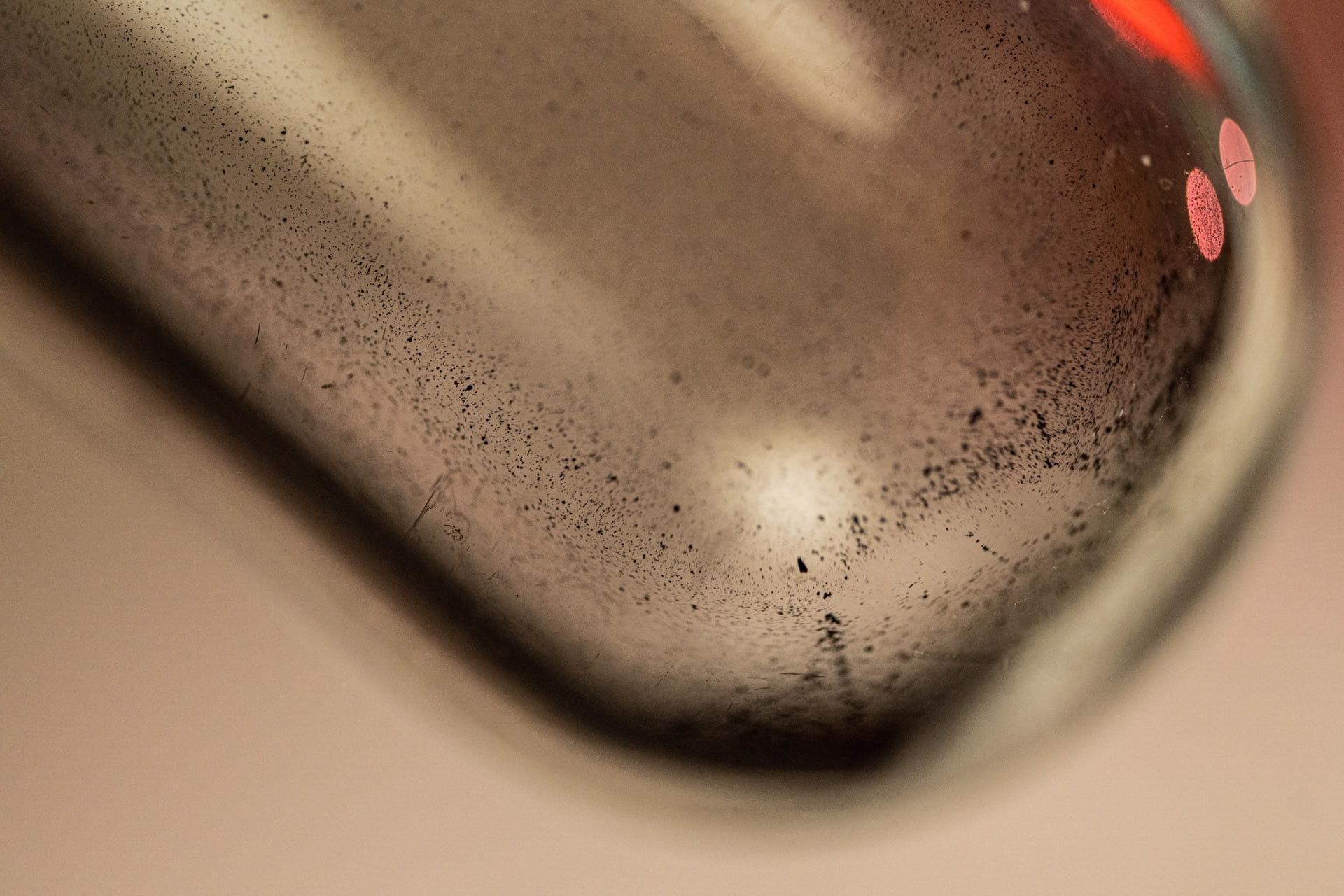Rice University has developed a technique to extract valuable metals from electronic waste, creating a win-win situation for the environment. The process sets to achieve 500 times less energy use than the existing laboratory methods and generate clean byproducts which can be applied even in the agricultural field.
 Metals settle at the bottom of a vial after being separated from other components in a crushed circuit board through flash Joule heating. The process developed at Rice could lead to “urban mining” for valuable metals from electronic waste. Image Credit: Jeff Fitlow.
Metals settle at the bottom of a vial after being separated from other components in a crushed circuit board through flash Joule heating. The process developed at Rice could lead to “urban mining” for valuable metals from electronic waste. Image Credit: Jeff Fitlow.
The flash joule heating technique which was introduced last year for producing graphene from carbon sources, such as water, food and plastic, has been used to recover palladium, rhodium, gold and silver for reuse.
The study was published in the journal Nature Communications.
The study was done by James Tour, a chemist in the Rice laboratory, and demonstrated the removal of highly toxic heavy metals like chromium, arsenic, cadmium and lead from flashed materials, generating byproducts with minimal metal content.
Immediate heating of the waste to 3400 K (5660 °F) with a jolt of electricity tends to vaporize the precious metals, and the gases are channeled for separation, storage or disposal. According to Tour, with the global production of more than 40 million tons of e-waste annually, there is a huge potential for “urban mining.”
Here, the largest growing source of waste becomes a treasure. This will curtail the need to go all over the world to mine from ores in remote and dangerous places, stripping the Earth’s surface and using gobs of water resources. The treasure is in our dumpsters.
James Tour, Chemist, Rice University
Tour highlighted a rise in the rapid turnover of personal devices like cell phones, which elevated the volume of global electronic waste. However, only 20% of the landfills are currently being recycled.
We found a way to get the precious metals back and turn e-waste into a sustainable resource. The toxic metals can be removed to spare the environment.
James Tour, Chemist, Rice University
The laboratory observed that flashing e-wastes required some preparation. The researchers led by Bing Deng, a postdoctoral research associate at Rice University, powered circuit boards that were used to test the process and added halides such as Teflon or table salt, and a dash of carbon black to enhance the recovery yield.
The process depends on the “evaporative separation” of the metal vapors after being flashed. The vapors are transferred from the flash chamber to another vessel under vacuum conditions. The other vessel is a cold trap leading to the condensation into their constituent metals.
The reclaimed metal mixtures in the trap can be further purified to individual metals by well-established refining methods.
Bing Deng, Postdoctoral Research Associate, Rice University
As per the study reports, one flash Joule reaction lowered the concentration of the lead in the remaining char to below 0.05 parts per million. This state is regarded as safe for agricultural soils. By increasing the number of flashes, the researchers were successfully able to reduce the arsenic, chromium and mercury content.
Tour added, “Since each flash takes less than a second, this is easy to do.”
The scalable process from Rice University consumes about 939 kWh per ton of material processed. This is 80 times less energy required than commercial smelting furnaces and 500 times less than laboratory tube furnaces, as stated by the researchers. It also eliminated the extensive purification demand of the smelting and leaching process.
The co-authors of the study include Rice alumnus Duy Xuan Luong, graduate students Zhe Wang and Emily McHugh, and research scientist Carter Kittrell. Tour is the T.T. and W.F. Chao Chair in Chemistry as well as a professor of computer science and materials science and nanoengineering.
The study was financially supported by the Air Force Office of Scientific Research and the Department of Energy.
Flash Joule heating by Rice lab recovers precious metals from electronic waste in seconds
Flash Joule heating by Rice lab recovers precious metals from electronic waste in seconds. Video Credit: Rice University.
Journal Reference:
Deng, B., et al. (2021) Urban mining by flash Joule heating. Nature Communications. doi.org/10.1038/s41467-021-26038-9.